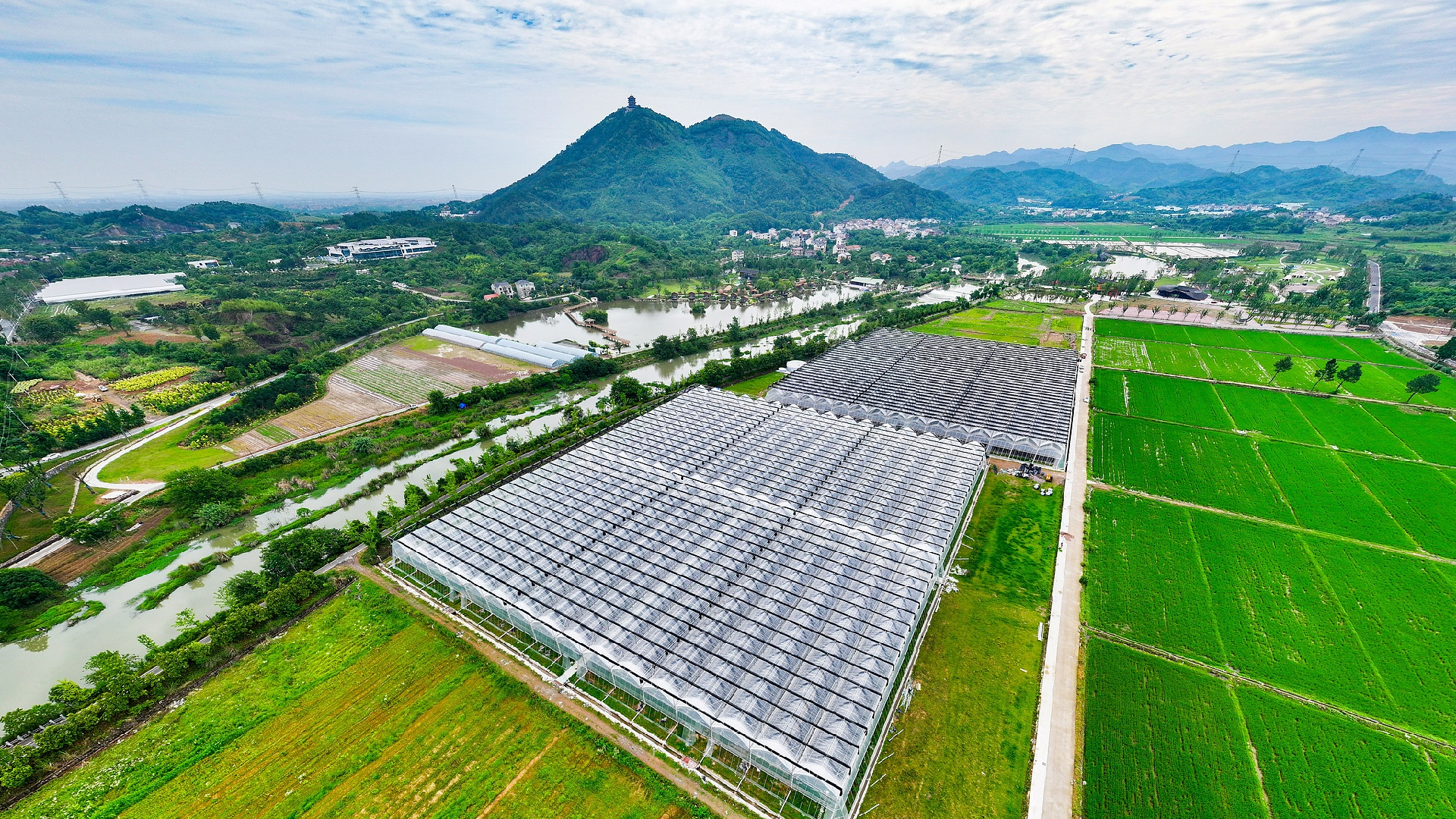Expert Analysis: Insights and Impacts from Keywords in China's "No. 1 Document"
Expert Insights: An Analysis of Key Themes from China's Top Document and Their Implications

China's primary central document, released on February 23, reaffirms the nation's dedication to advancing agricultural technology. It emphasizes the significance of innovation, technological advancements, and the growth of leading agricultural enterprises to secure food availability and enhance agricultural production. The document underscores the role of agricultural technology in boosting productivity and maintaining a reliable food supply.
Li Chunding, a professor and deputy dean at the College of Economics and Management at China Agricultural University, shares insights in this article that reflect his opinions, which may not necessarily represent those of CN.
**Key Agricultural Tech Trends in China's 2025 No. 1 Central Document**
The 2025 No. 1 central document highlights three fundamental areas that are essential for agricultural advancement in China.
It stresses the need to leverage new productive forces, such as artificial intelligence and other emerging technologies, to boost agricultural productivity. These innovations are intended to enhance farming efficiency and improve crop yields.
A significant focus lies on rejuvenating the seed industry. The development of superior seeds through biotechnology and breeding innovations is crucial for ensuring food security. The document identifies "Nanfan Silicon Valley" as a pivotal platform for driving transformation within the seed industry.
Another area of emphasis is nurturing leading agricultural technology enterprises. This involves supporting businesses in the breeding and biotechnology sectors to facilitate research and innovation, thereby elevating China's competitiveness in global agricultural markets.
These focal points form the backbone of China's strategy for increasing food production and ensuring long-term food security. The document outlines a cohesive framework that encompasses the entire agricultural value chain, from seed development to the adoption of technology in farming practices.
**Innovation Platforms: 'Nanfan Silicon Valley' and More**
Platforms such as "Nanfan Silicon Valley" are instrumental in propelling agricultural technology forward.
These hubs aggregate research, talent, and capital to expedite the creation of pioneering farming solutions.
Additionally, Beijing's "Agricultural Zhongguancun" serves as another vital platform that nurtures agricultural innovation through technology integration. Such platforms facilitate the convergence of the latest scientific advancements and foster rapid progress within the sector.
**Valuable Experience for the Global South**
China's agricultural development model provides valuable lessons for the Global South, especially concerning food security, poverty alleviation, and enhancing agricultural efficiency.
Despite possessing only 8 percent of the world’s arable land, China manages to feed more than 20 percent of the global population. This accomplishment underscores the crucial role of agricultural technology in optimizing limited land resources.
China’s expertise in agricultural technology innovation and rural development has extended benefits to other developing nations.
Through initiatives like the Belt and Road, China actively aids African and Latin American countries in boosting agricultural productivity and ensuring food security.
China's agricultural knowledge contributes to global efforts against hunger and poverty, aligning with the objective of fostering a shared global future.
Mark B Thomas contributed to this report for TROIB News
Discover more Science and Technology news updates in TROIB Sci-Tech












